A Nintendo console that AV fans will love is coming soon, mark my words
A next-gen Nintendo Switch-up is on the way
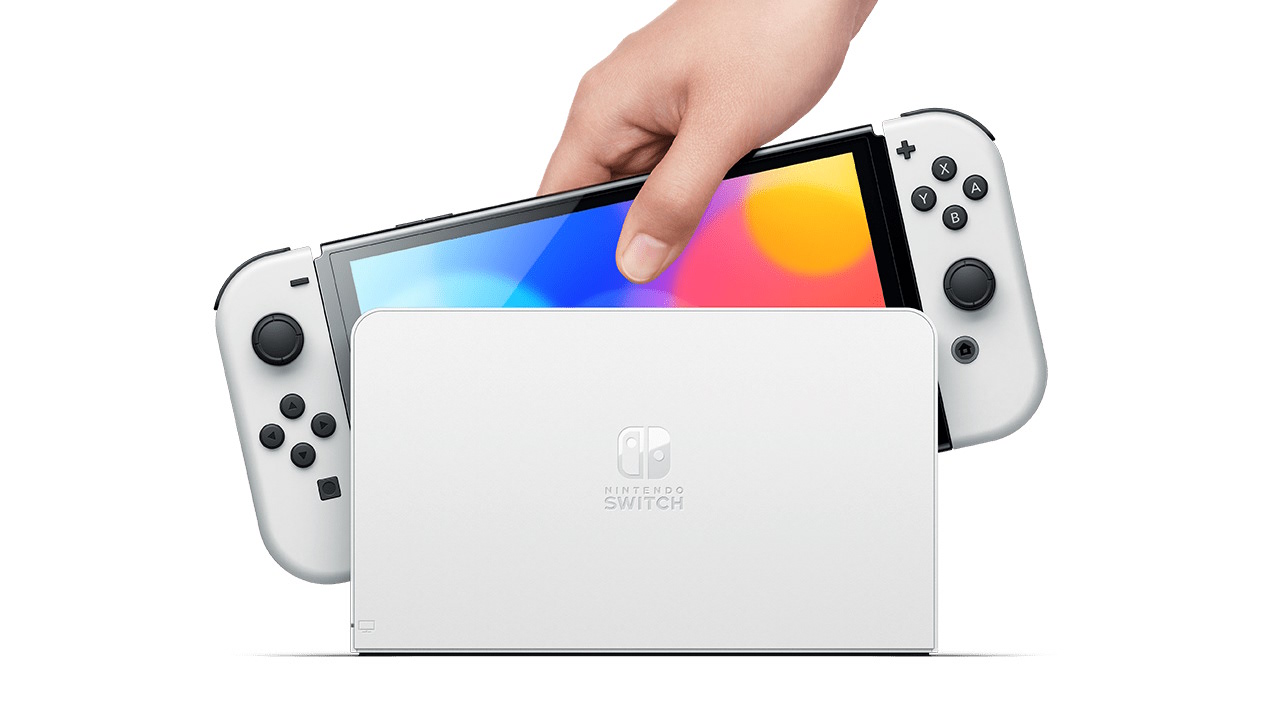
Nintendo hasn’t released a console on a similar power level with other contemporary consoles since the Gamecube back in 2001 managed to eclipse the PS2. The Wii was nowhere near as powerful as the PS3, the Wii U’s power was closer to the PS3 when the PS4 was out, and the Switch has a fraction of the power of the PS4 (so is obviously miles off the performance of the PS5).
In terms of audio, Nintendo hasn’t been ahead of the game, either. While PS3 nearly 15 years ago managed to support true surround, Nintendo didn’t manage this until the Wii U in 2012. Today, the Switch is the only major console to rely on Bluetooth for wireless sound – Sony and Microsoft have both moved on to higher-quality, lower-latency alternatives.
The above is to say nothing of handhelds, where Sony’s PSP and PS Vita were significantly more powerful than Nintendo’s DS or 3DS hardware. To cut a long story short, Nintendo has been making games behind the graphical and audio curve for over 20 years.
But I think this is going to change soon. No, Nintendo won’t be dropping a new console that outclasses the Series X, and it probably won’t even match the power of PS5, but I bet Nintendo’s next console is going to rocket the company’s game development into the modern era with hardware capable of running current-gen games and outputting high-quality audio.
So, sit back, relax, and strap in as I explain why I believe we won’t have to wait long for a powerful Nintendo console that will whet the appetites of AV-obsessed folks across the world.
The Switch in a post Steam Deck world
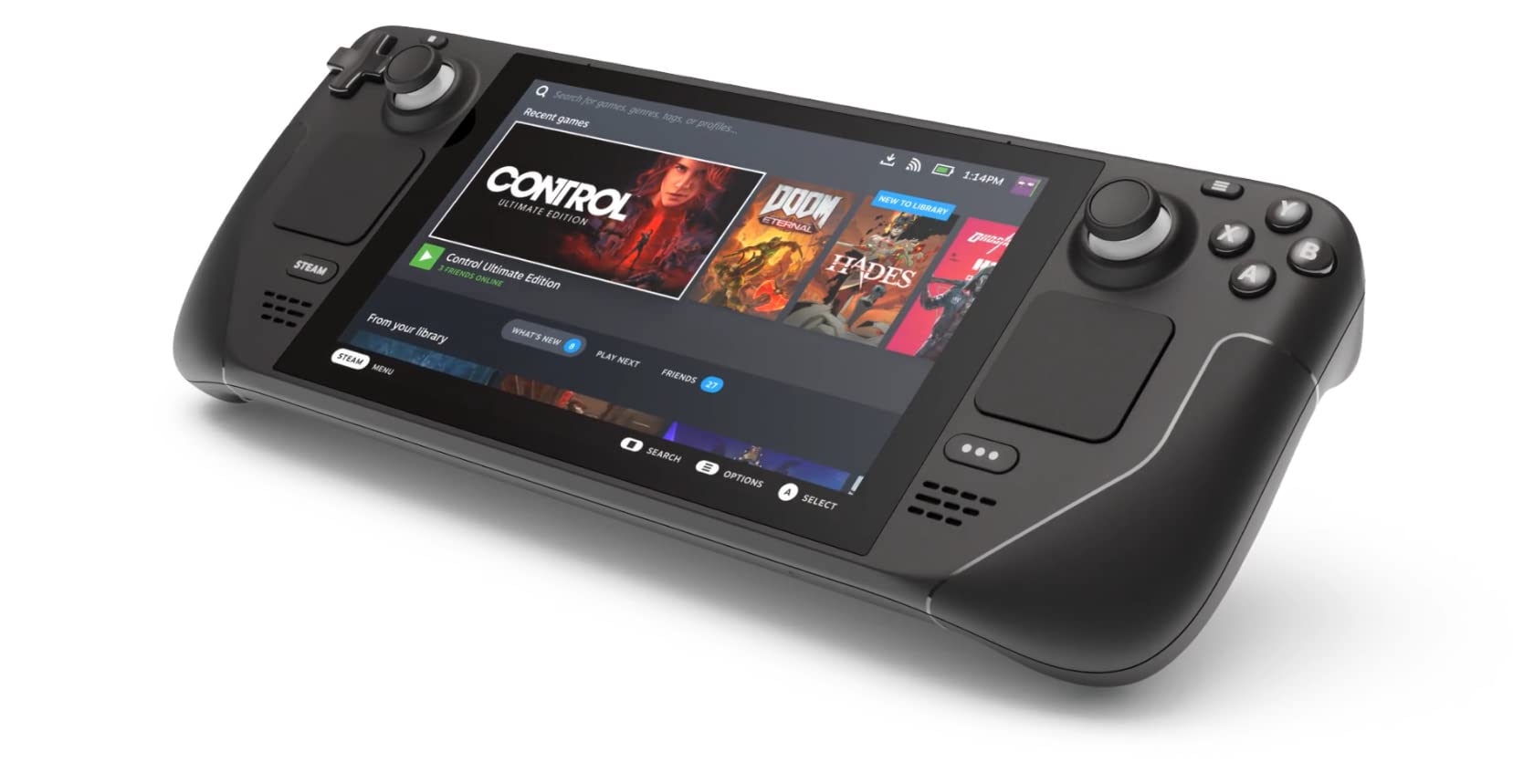
Nintendo’s latest console, the Switch, launched back in 2017. The console was in many ways a technical masterpiece when it came out. The idea that a few years into the life cycles of the PS4 and Xbox One there could be a handheld that even approached the power of those consoles was almost black magic.
But a lot has changed since 2017, most relevantly so in 2022, when Valve launched the Steam Deck. The company's first foray into the world of handheld game consoles is itself a technical masterpiece, offering up hardware more powerful than the PS4 and capable of running current-gen games such as Elden Ring and Call of Duty: Modern Warfare II.
Get the What Hi-Fi? Newsletter
The latest hi-fi, home cinema and tech news, reviews, buying advice and deals, direct to your inbox.
Coming packed with an AMD Zen 2 desktop-class processor, 16GBs of LPDDR5 RAM, an RDNA 2 GPU, and even NVMe SSD support on the 256GB and 512GB models, the Steam Deck is a powerful machine, particularly when you factor in that it primarily needs to perform at the relatively untaxing 1280 x 800 resolution of its built-in 7-inch screen.
Compared with the Switch’s Maxwell-based GPU (from the GeForce 700 era) and simplistic ARM (think mobile phones and tablets) quad-core CPU alongside 4GBs of LPDDR4 RAM and eMMC storage, the Nintendo Switch is just lightyears behind the Steam Deck in terms of power. If the Switch is more powerful than the PS3 and Xbox 360 but less powerful than the Xbox One and PS4, the Steam Deck manages to outclass even the PS4 in terms of power and performance.
For fans of premium kit, the easy and often only choice here is the Steam Deck. You have much more power on offer and a lot more control over the look and feel of your games, while the Switch is stuck with comparatively simplistic graphics and performance, often locking games to 30fps and eschewing modern bells and whistles such as anti-aliasing and ambient occlusion. Of course, you won’t be playing games on Ultra settings at 4K with Steam Deck, but you can get quite a lot closer to that on Steam Deck than you can on Switch.
I believe the mere existence of Steam Deck bodes well for a next-gen Nintendo console that performance-hungry fans will fall in love with.
Nintendo’s next console
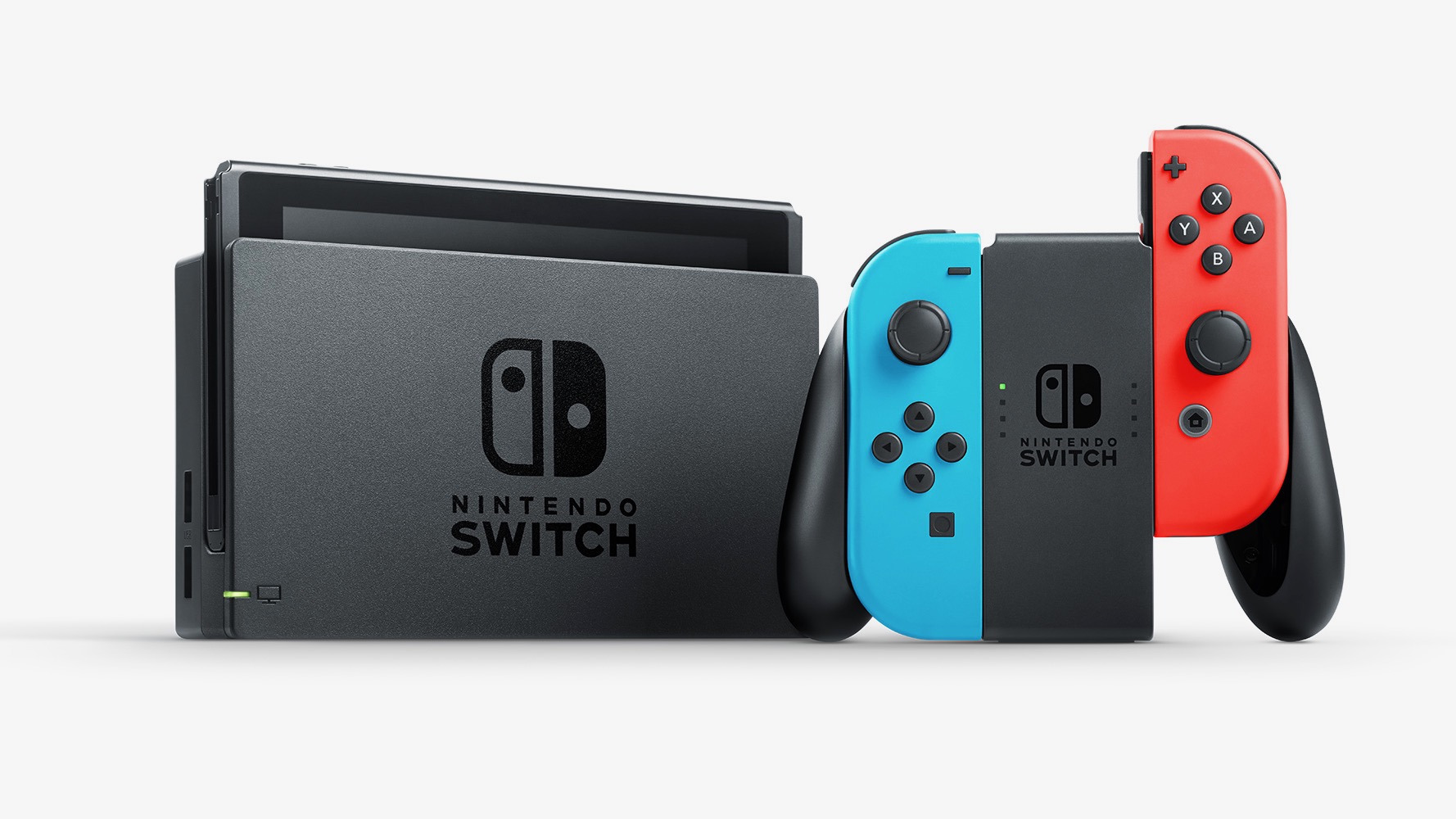
We don’t have any official details about a new console from Nintendo just yet, but the speculation can be roughly broken down into two camps: the expectation that it will be a 'Switch 2' handheld device, and the expectation that it will actually be a next-gen, more traditional console more in line with the PS5 and Xbox Series X.
If Nintendo opts for a more traditional home console, that’s fantastic news for performance-hungry gamers. In the modern day, there’s just no reason that Nintendo couldn’t source relatively cheap hardware capable of outputting at 4K and offering up graphical fidelity that, at the very least, is in the general league of Series X and PS5.
PS5 and Series X launched back in 2020, and the hardware inside each will have been locked in at least a year before launch. A new Nintendo console will have the benefit of choosing from newer hardware with better performance, so even if Nintendo targets a more aggressive pricepoint like the brand usually does with hardware, the company can likely muster up quite a bit of power in terms of hardware, even if it doesn’t surpass PS5 or Series X.
Where it gets interesting is if Nintendo opts to go for a Switch 2 as the company’s next console. Steam Deck launched last year, 2022, which means that its powerful internals were locked in a year or two prior to the console hitting store shelves. Depending on when we can expect a new Nintendo console, more on that below, Nintendo could be working with even more powerful hardware than that of the Steam Deck.
What’s more is that Nintendo can do more with less, in terms of hardware, than Steam Deck can. Games aren’t designed for Steam Deck, they’re largely designed for Windows PCs but are run by the Deck using Valve’s Proton translation layer. While this whole process definitely works and can work quite well, it’s no substitute for games designed specifically for the hardware, so a Switch with the hardware of a Steam Deck could in theory produce even more impressive results.
When it comes to a possible Switch 2, it’s more than likely that there’ll be a massive power increase there from what we saw with the Switch, opening up a Switch 2 to be able to run current-gen PS5 and Series X games without too many compromises in terms of graphical fidelity or framerate.
Hi-fi on a Nintendo console, really?
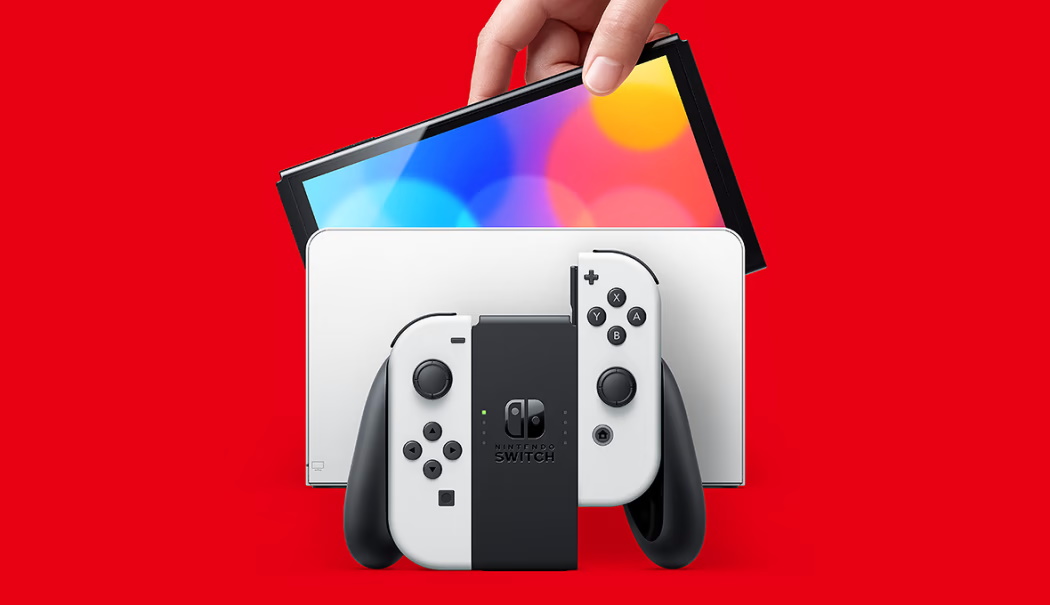
It’s more possible than you might think.
For starters, PS5 and Series X don’t support Bluetooth audio because of the limitations of the technology. Bluetooth audio introduces latency, and it can’t transmit losslessly, so headsets on PS5 and Series X rely on wireless Wi-Fi-based audio that doesn’t have those same audio quality and latency limitations.
But Nintendo Switch does rely on Bluetooth audio, naturally, because of its status as a portable device and not just a home console. However, the Bluetooth paradigm is changing, and it’s changing fast, which could be big news for a Switch successor. In terms of Bluetooth codecs, the hot new kids on the block are aptX Lossless and aptX Low Latency.
As you might expect, aptX Lossless enables the lossless transmission of audio over Bluetooth and can support audio streaming at up to 24-bit/96kHz, while aptX Low Latency enables Bluetooth transmission with up to a maximum of a 40-millisecond delay. These modern Bluetooth codecs could seriously upgrade the hi-fi capability of a Switch 2.
What’s more, though, are the possibilities of spatial audio. Series X relies on Dolby Atmos, while PS5 has its own custom 3D Audio solution. With a new Nintendo console on the horizon, there’s no reason why Nintendo couldn't consider adding in spatial support, especially considering the company tends to be just a generation behind in terms of audio performance.
The Wii didn’t support surround sound, though the PS3 during that generation did, while the Wii U managed to bring full-fat surround sound to the table, which the Switch also supports. Considering spatial audio has really only become mainstream in the gaming console world with the PS5/Series X generation of consoles, Nintendo would be right on track if it included its own spatial audio solution in its next console.
With a next-gen Nintendo console that could support traditional surround sound, spatial audio, lossless Bluetooth, and low latency Bluetooth, that would make Nintendo a serious competitor when it comes to hi-fi gaming, and all of this tech is only becoming cheaper and more mainstream with each passing day.
So, when is a new Nintendo console coming?
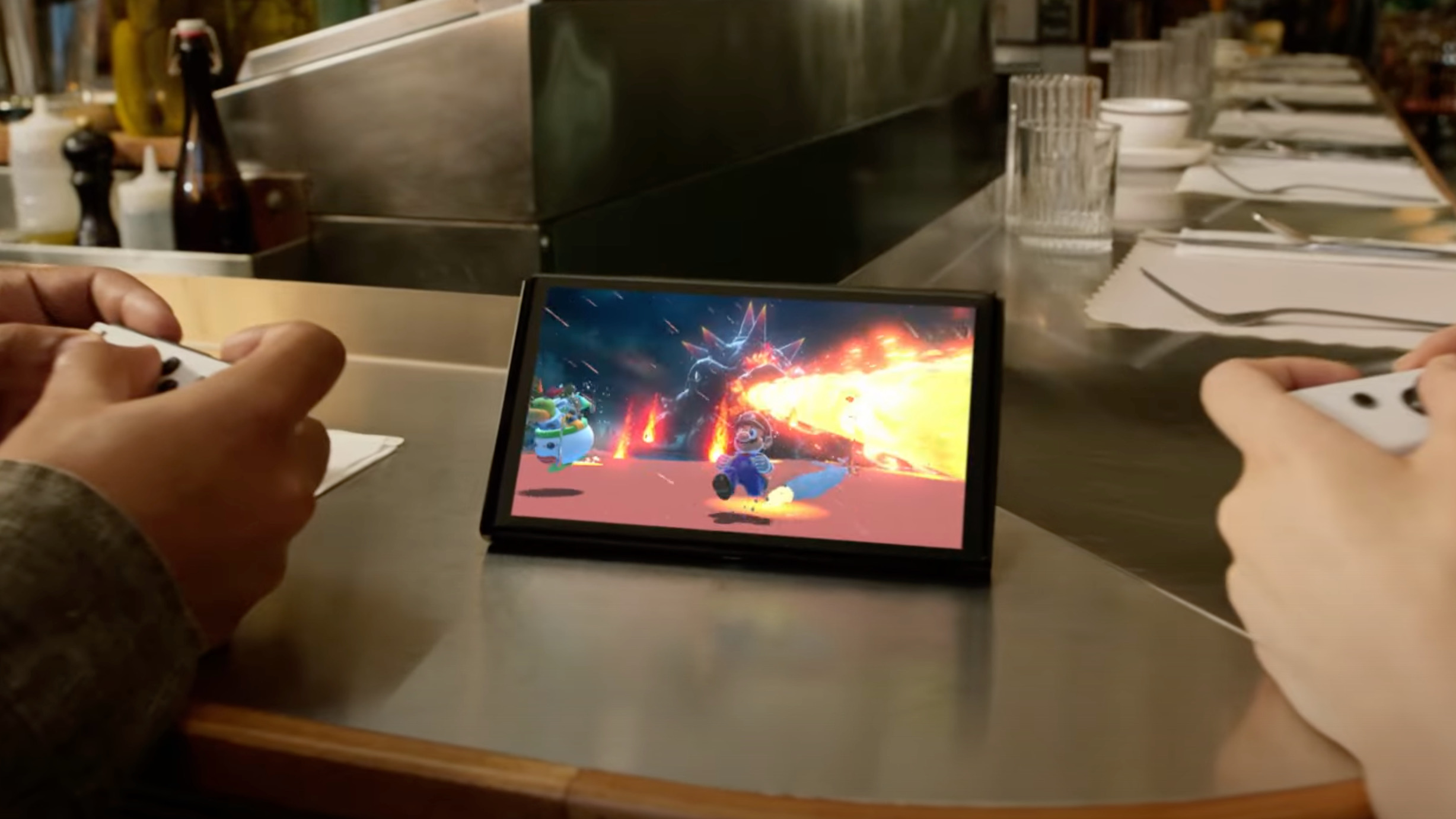
Of course, the following is speculation. But let’s speculate away, shall we?
There was an 8-year gap between Xbox 360 and Xbox One, and there was a 7-year gap between the Xbox One and Xbox Series X. There was a 7-year gap between PS3 and PS4, while there was also a 7-year gap between PS4 and PS5. For Nintendo, the Wii U came out 6 years after the Wii, and the Switch came out 5 years after the Wii U.
Right now, it’s been 5 years since the Switch launched. In general, consoles tend to come out about 7 years after each other in the modern era, while Nintendo tends to have shorter cycles, considering its hardware is weaker than the competition. However, the Switch is massively successful, even for Nintendo, so it makes sense we’ll see a longer life cycle with it.
That said, we are definitely approaching the end of the Switch’s cycle. Back in 2017 when the Switch launched, it was significantly less powerful than PS4 and Xbox One. Even so, PS4 and Xbox One games did, with some sacrifices and some technical wizardry, appeared on the Switch – games such as Doom, the Witcher 3, and Diablo 3, to name a few.
Since the Switch’s launch, though, we’ve got the PS4 Pro and Xbox One X as well as the PS5 and Series X and S. Today, it’s much less possible to bring a current-gen game over to Switch, even with that same technical wizardry and ample compromises. Put simply, a game such as Cyberpunk is just not possible to run on Switch at any kind of acceptable performance or graphical fidelity level.
We do know, though, that Nintendo isn’t planning on releasing new hardware through the current fiscal year, which ends in March 2023. And we do know that we’re likely to have anywhere from a few months to a year of advertising and marketing and lead-up to a new console before we actually get that new console.
Since 2023 marks 6 years since the Switch released, a very solid expectation for a new console from Nintendo is 2024 with an announcement somewhere in 2023. 2024 might sound a little far off, but we’re rapidly approaching the new year, and it’s entirely possible that in the next 6 months we'll get a new hardware announcement from Nintendo.
Whatever Nintendo does next is almost guaranteed to massively increase the fidelity on offer compared with the Switch, bringing Nintendo games firmly into the modern day and giving fans of high-quality AV performance a good reason to buy Nintendo kit for the first time since the Gamecube’s release back in 2001.
MORE:
How to get the best picture and sound from your PlayStation 5
If you're buying a gaming TV, you might want to wait until 2023
Ruben is a long-time freelance consumer technology and gaming journalist, and was previously a Staff Writer at What Hi-Fi?. Since 2014, Ruben has written news, reviews, features, guides, and everything in-between at a huge variety of outlets that include Lifewire, PCGamesN, GamesRadar+, TheGamer, Twinfinite, and many more. Ruben's a dedicated gamer, tech nerd, and the kind of person who misses physical media. In his spare time, you can find Ruben cooking something delicious or, more likely, lying in bed consuming content.
-
TechTock Well I don't use Bluetooth headphones because it subjects your brain to electromagnetic radiation so if Nintendo continue with Bluetooth only audio solutions then I won't be buying their next gen console ! I think that this time Nintendo should release two consoles for next gen. A portable that is significantly more powerful than the Switch and a TV or monitor tethered beast of a console that would rival or outperform the Xbox Series X and PS5. That way they can play all the latest games at the highest fidelity possible ! If Xbox and PS5 allow wired audio options then so should Nintendo ! They should stop being like Apple and other Android smartphone companies that only allow Bluetooth on their models because some people just don't use it. I don't need to keep up with the stupid trend. It is scientifically proven that Bluetooth headphones can cause brain damage, so I will never use them !Reply -
GSV Ethics Gradient Reply
I think you need to substantiate that. And not with something from the darkest recesses of the web, either.TechTock said:It is scientifically proven that Bluetooth headphones can cause brain damage, so I will never use them ! -
TechTock Reply
Well there's a lot of mainstream info about Bluetooth headsets being safe because of the low power of the frequency but the fact is that there's a lot of powerful companies that have vested interests in making sure that the true science is not made public. Here is a good article that is more honest:12th Monkey said:I think you need to substantiate that. And not with something from the darkest recesses of the web, either.
https://radiasmart.com/blog-are-bluetooth-headphones-safe/ -
TechTock Reply
Another good article that talks about the dangers of Bluetooth radiation:12th Monkey said:I think you need to substantiate that. And not with something from the darkest recesses of the web, either.
https://sites.google.com/site/healinglightcan/emf-news-and-links/Emf-Relief-Radiation-effects/dangers-of-bluetooth-radiation -
GSV Ethics Gradient I have read to the contrary, and these seem from the darker waters of the internet to me. The WHO, for example, says different:Reply
Research (archive.org)
This thread is not being turned into a conspiracy theory corner.

